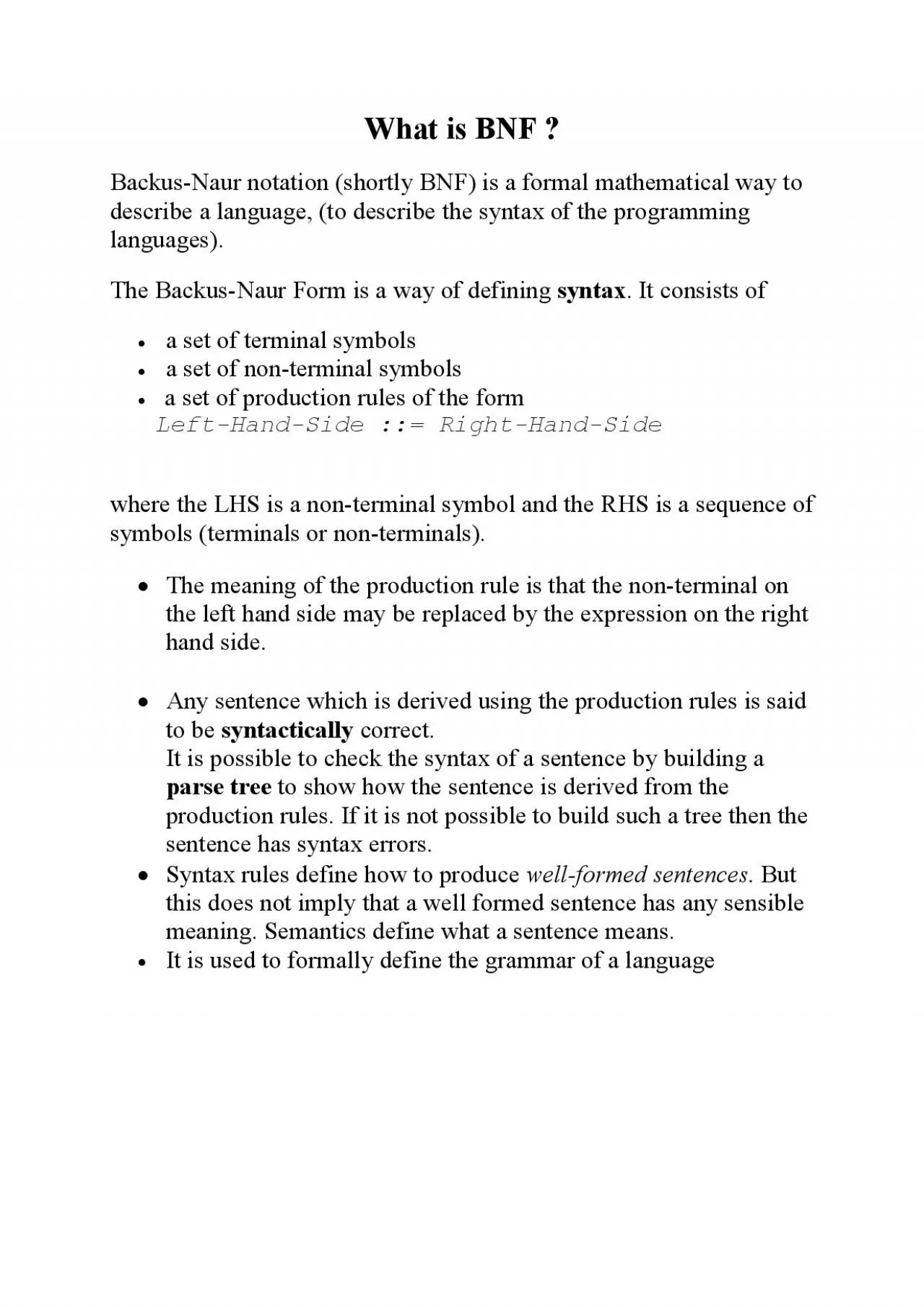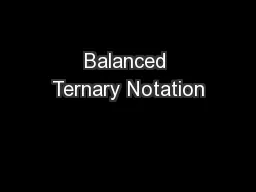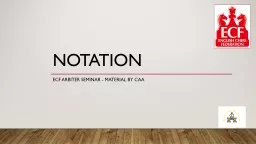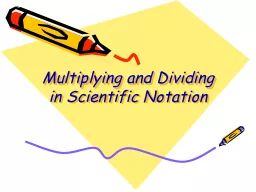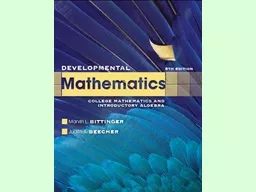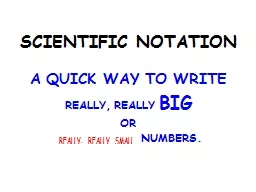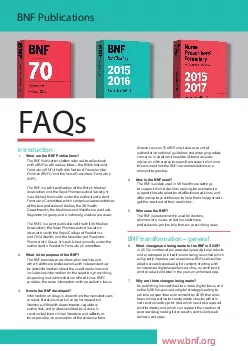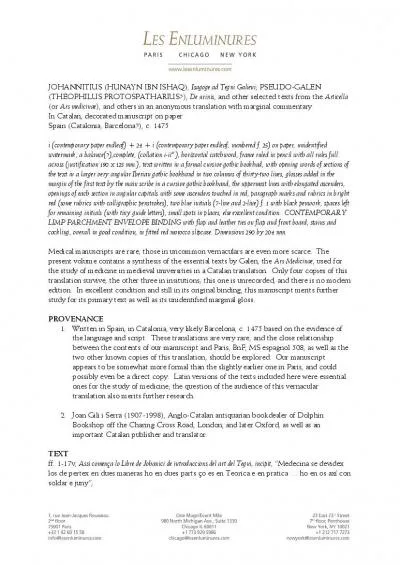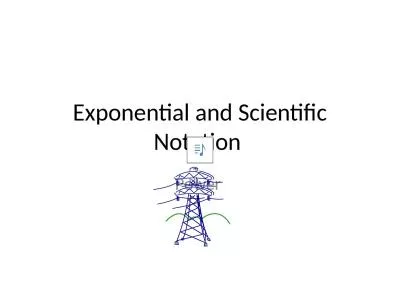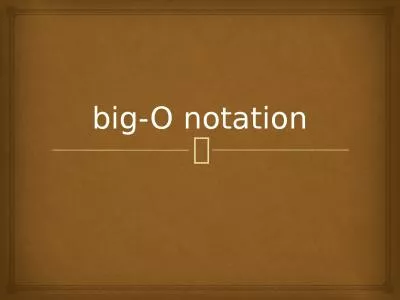PDF-What is BNF BackusNaur notation shortly BNF is a formal mathematical
Author : ariel | Published Date : 2021-09-22
How it works BNF is sort of like a mathematical game you start with a symbol called the start symbol and by convention usually named S in examples and are then given
Presentation Embed Code
Download Presentation
Download Presentation The PPT/PDF document "What is BNF BackusNaur notation shortly..." is the property of its rightful owner. Permission is granted to download and print the materials on this website for personal, non-commercial use only, and to display it on your personal computer provided you do not modify the materials and that you retain all copyright notices contained in the materials. By downloading content from our website, you accept the terms of this agreement.
What is BNF BackusNaur notation shortly BNF is a formal mathematical: Transcript
Download Rules Of Document
"What is BNF BackusNaur notation shortly BNF is a formal mathematical"The content belongs to its owner. You may download and print it for personal use, without modification, and keep all copyright notices. By downloading, you agree to these terms.
Related Documents

